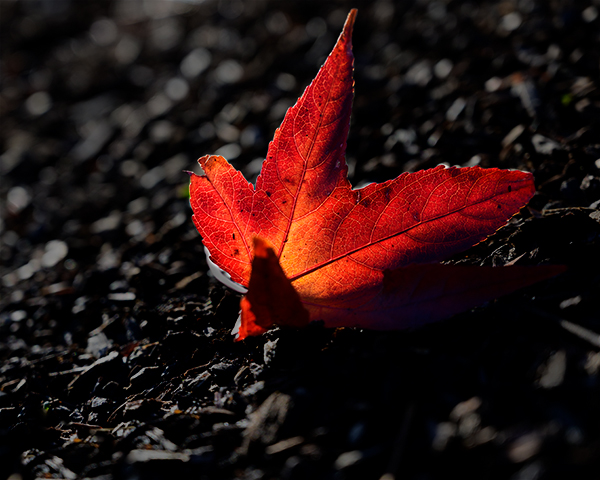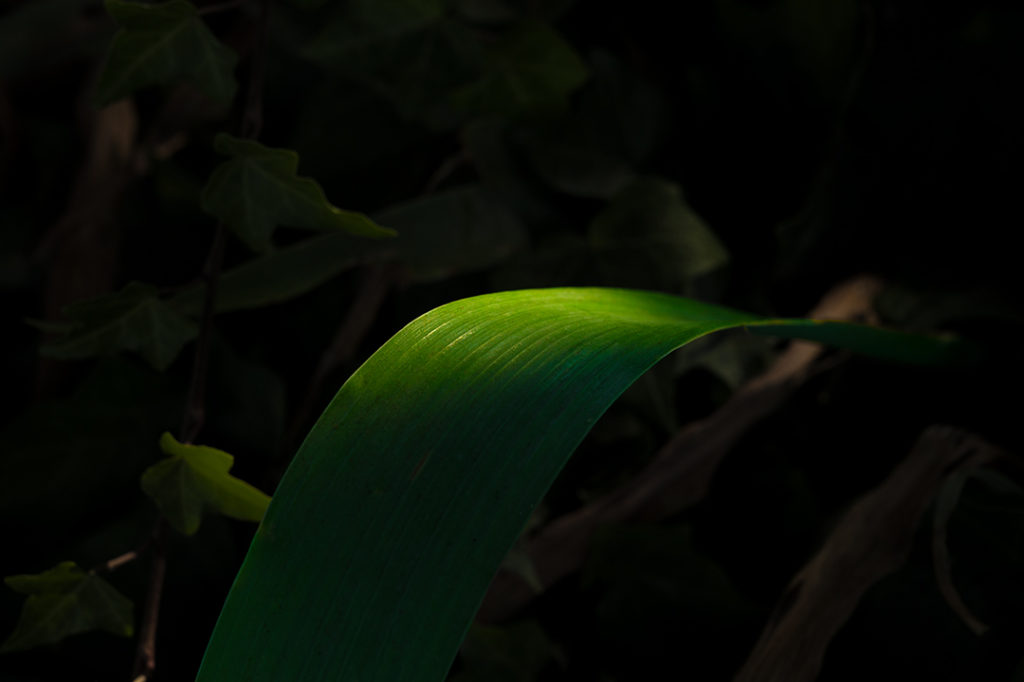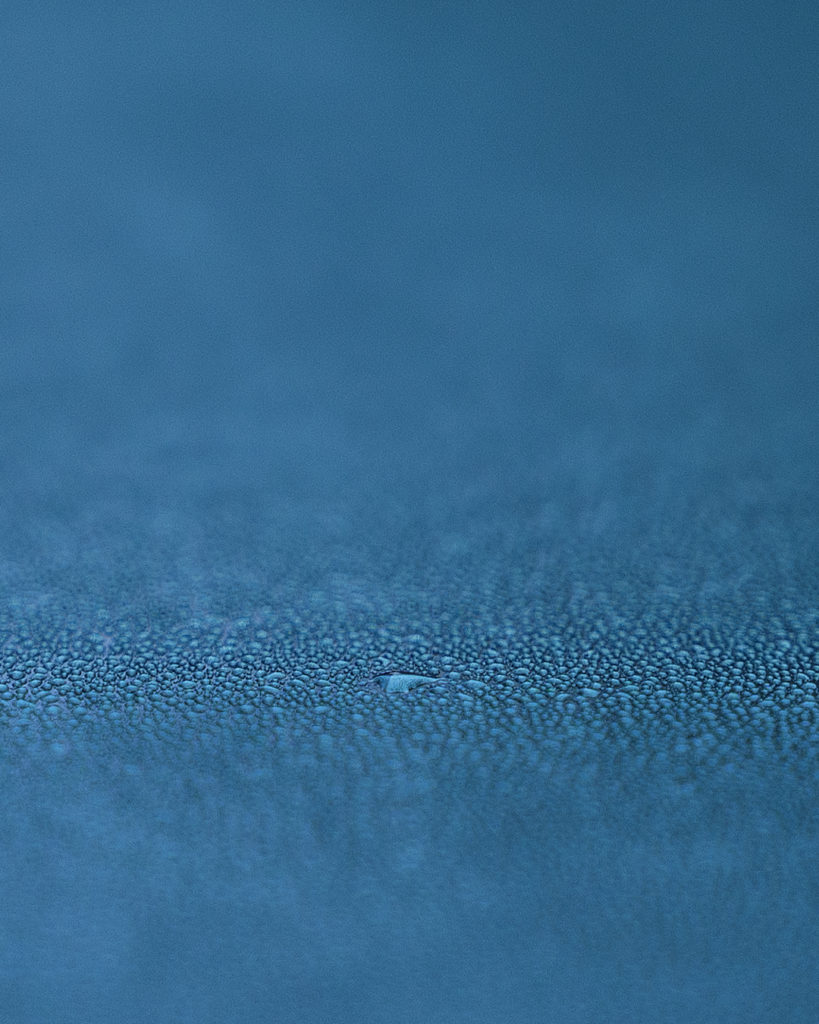Previously I have written about how spherical photography can be a metaphor for looking around, and how it illustrates the value of doing so. There is no comparable way to change the view in standard photography, of course. However, we can still choose what part of a photograph to focus on.
Generally, however, our eyes move around a photograph without much conscious effort, and photographers often design pictures to guide the viewer’s gaze through the use of color, composition, and so on. The general tendency is to follow the artist’s lead.
With spherical photographs, however, we not only have the ability to look around more, but that action is generally much more deliberate. Instead of the unconscious movements of our eyes, viewing a spherical photo involves moving a mouse, or swiping on a screen, or moving our head while wearing a special headset. In any case, it is a much more deliberate, conscious effort.
This difference between static photographs and interactive spherical photographs allows us to explore some of the ideas around what is meant by “conscious” in this sense. It typically refers to an act done with deliberation and full awareness. Implying, among other things, that there is a mind, a consciousness, involved.
We use this term easily; it seems to be something that we all understand even though the nature of consciousness itself is still a mystery. Are we just the result of chemical reactions, so that looking at a spherical picture just involves different chemical reactions? Or is there more to us than that, something beyond the material, such that the viewing intent is as mysterious and non-physical as our minds?
This is a question that science has not yet answered. It’s not even clear if science can answer it since it may involve things beyond the physical, material world. Even defining the problem is still a challenge. Thus, we may need additional tools, which is why some mind researchers have suggested that the arts offer interesting insights into the nature of consciousness.
Perhaps photography can play a role here, and that is one of the reasons that spherical photography is more interesting than just another way to create pictures. Perhaps it can help explore the mystery of consciousness.
For, if the mind is more than just material, this has big implications for our understanding of all reality, of the whole universe.






